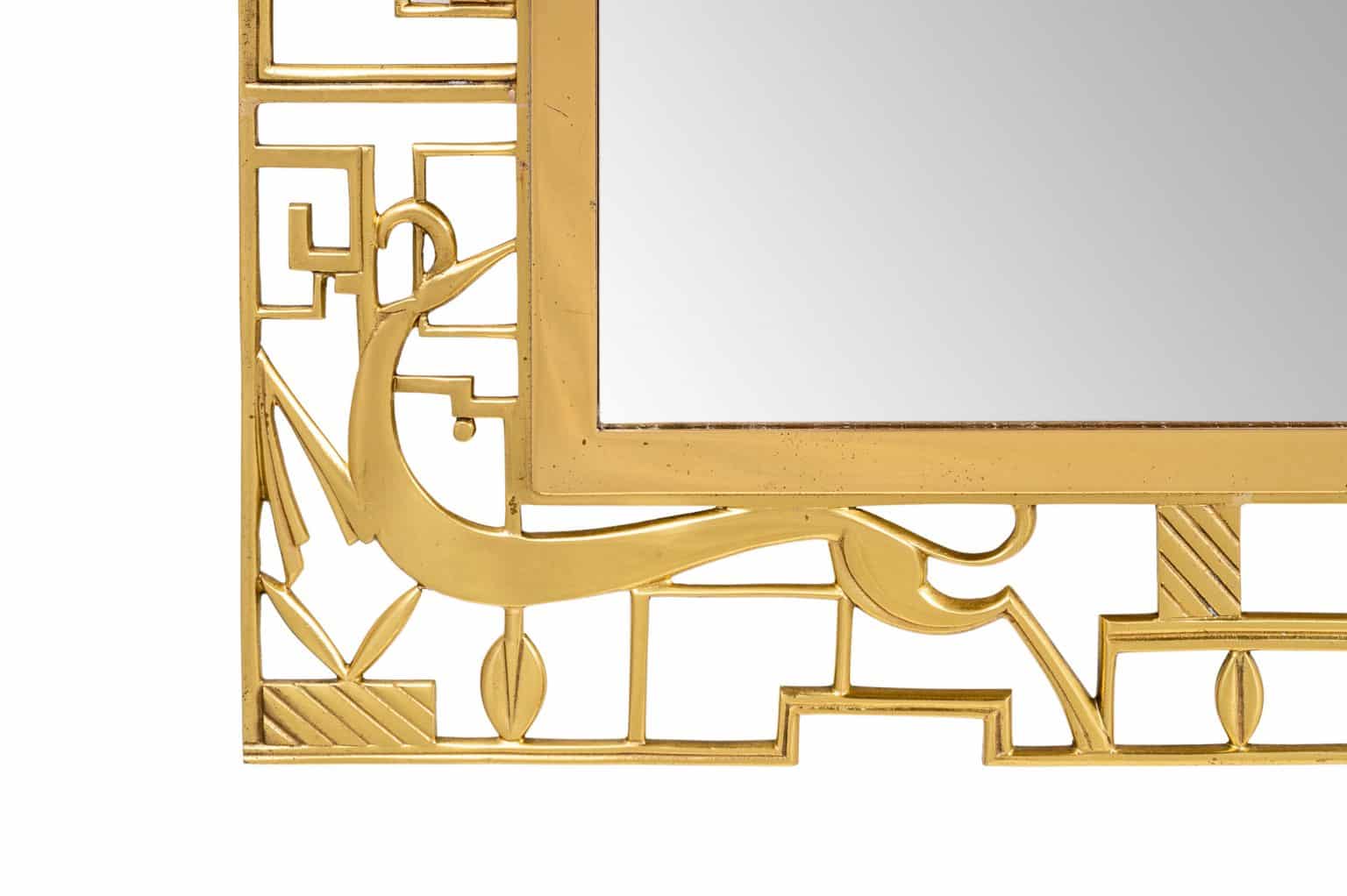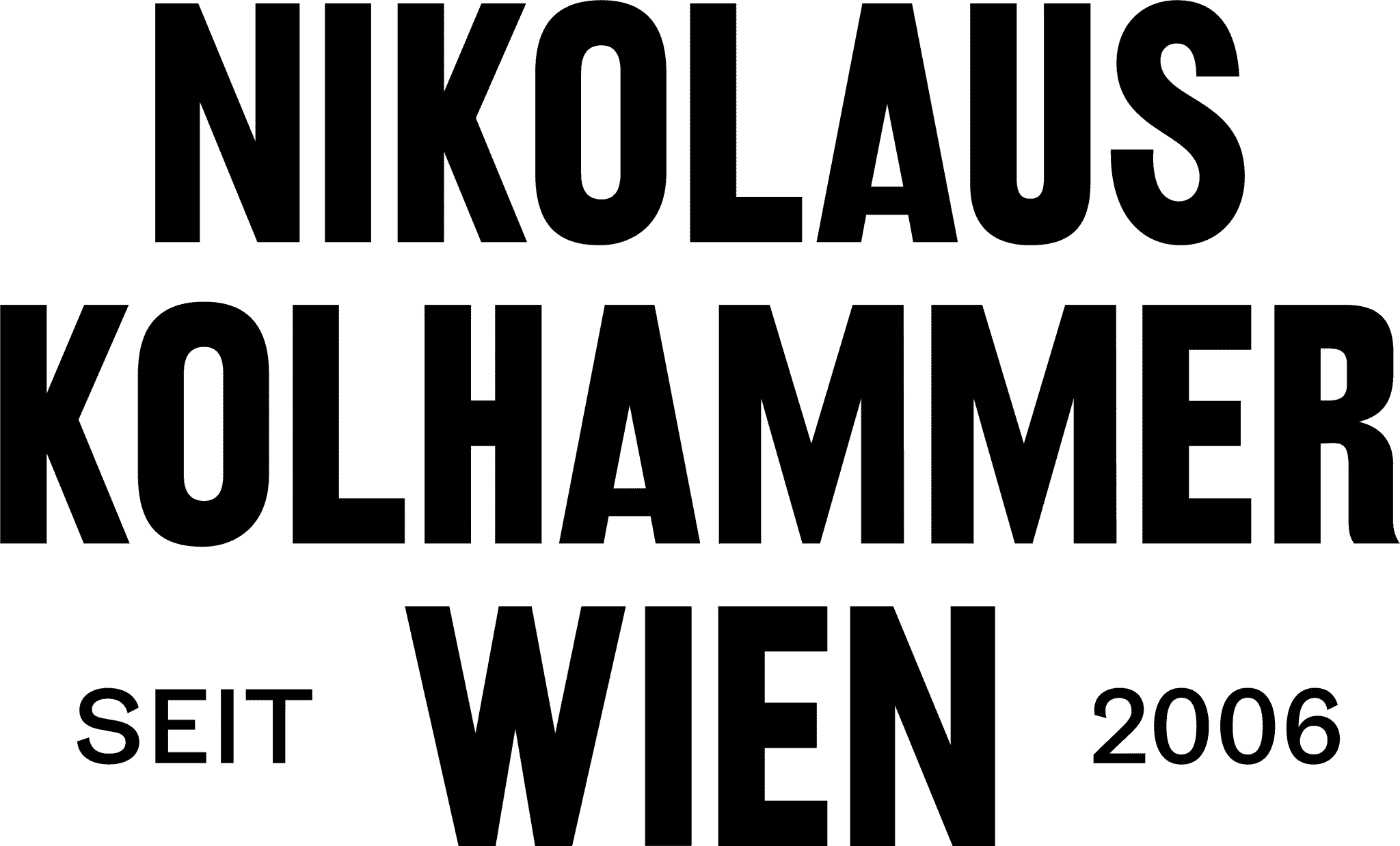The 1920s were a time of economic boom, and this was also reflected in the Werkstatte Hagenauer. Bowls, cans, and various utilitarian objects such as inkwells, writing sets, candlesticks, table and floor lamps, or mirrors were produced in large numbers.
In these years, Karl Hagenauer orientated himself towards ornamental and formal styles. Here he followed the trend set by the Wiener Werkstatte, Josef Hoffmann or Dagobert Peche. At the same time, however, he also created objects that have the typical recognition value of today’s well known Werkstatte Hagenauer : Geometric contours and pure forms are dominating, whereas functionless ornaments began to disappear.
One such example, which could be described as a transitional work, is an ornamental wall mirror, from around 1928. It is the design of a decorative mirror. The frame is decorated with geometric elements and stylised animal figures in an openwork technique. Between the reduced floral and geometric ornaments, a dog, a heron, and a bird are clearly visible. Their soft lines lighten up the strict composition of the frame.
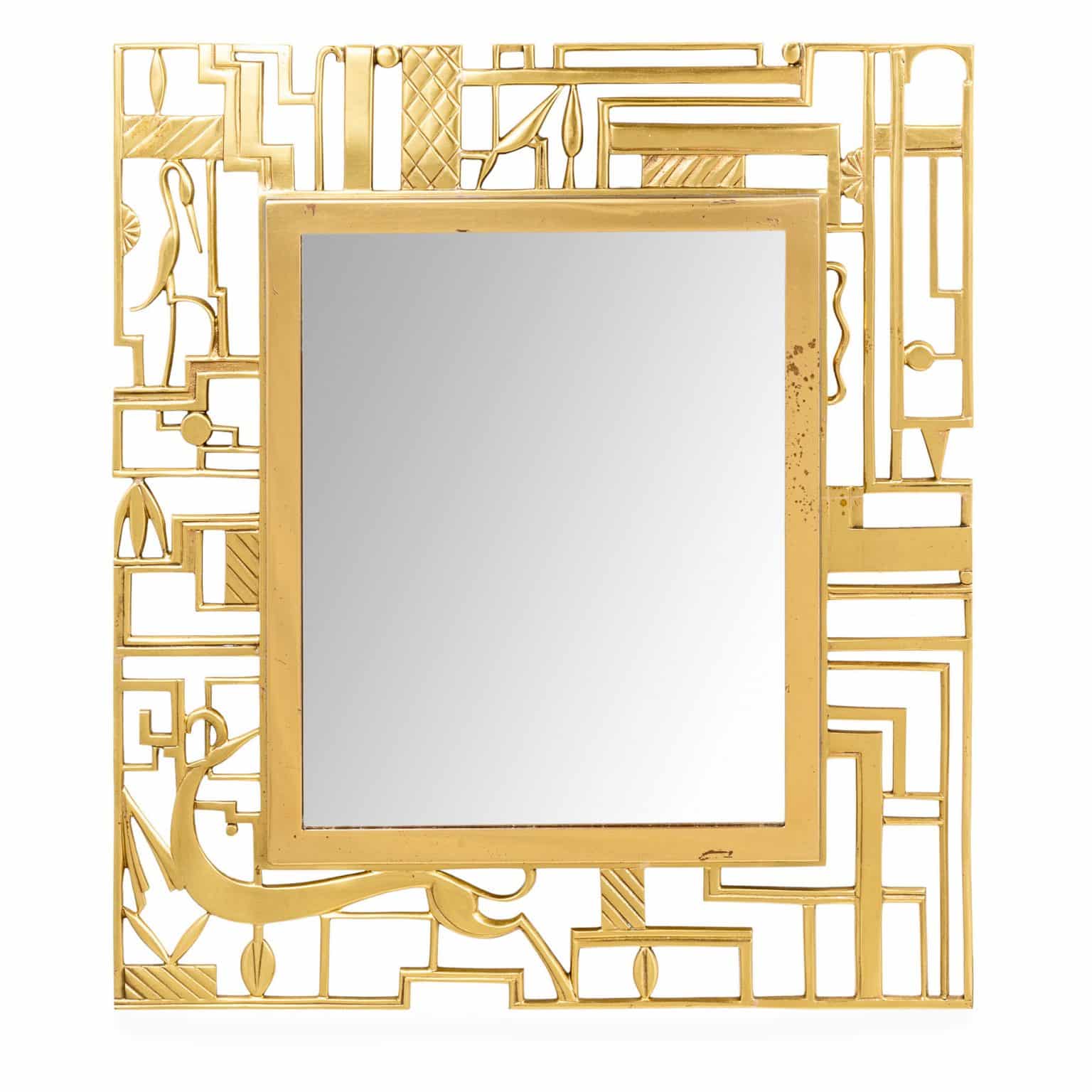
The formal language is strongly reminiscent of the influence of the Wiener Werkstatte. Especially when it comes to depictions of animals, one recognizes the imaginative ornamentation that was very much the style of Dagobert Peche. At the same time, however, there is a clear development towards reduction in figures and ornamentation. A style that was to become characteristic of the name Hagenauer and would later stand for the Werkstatte.
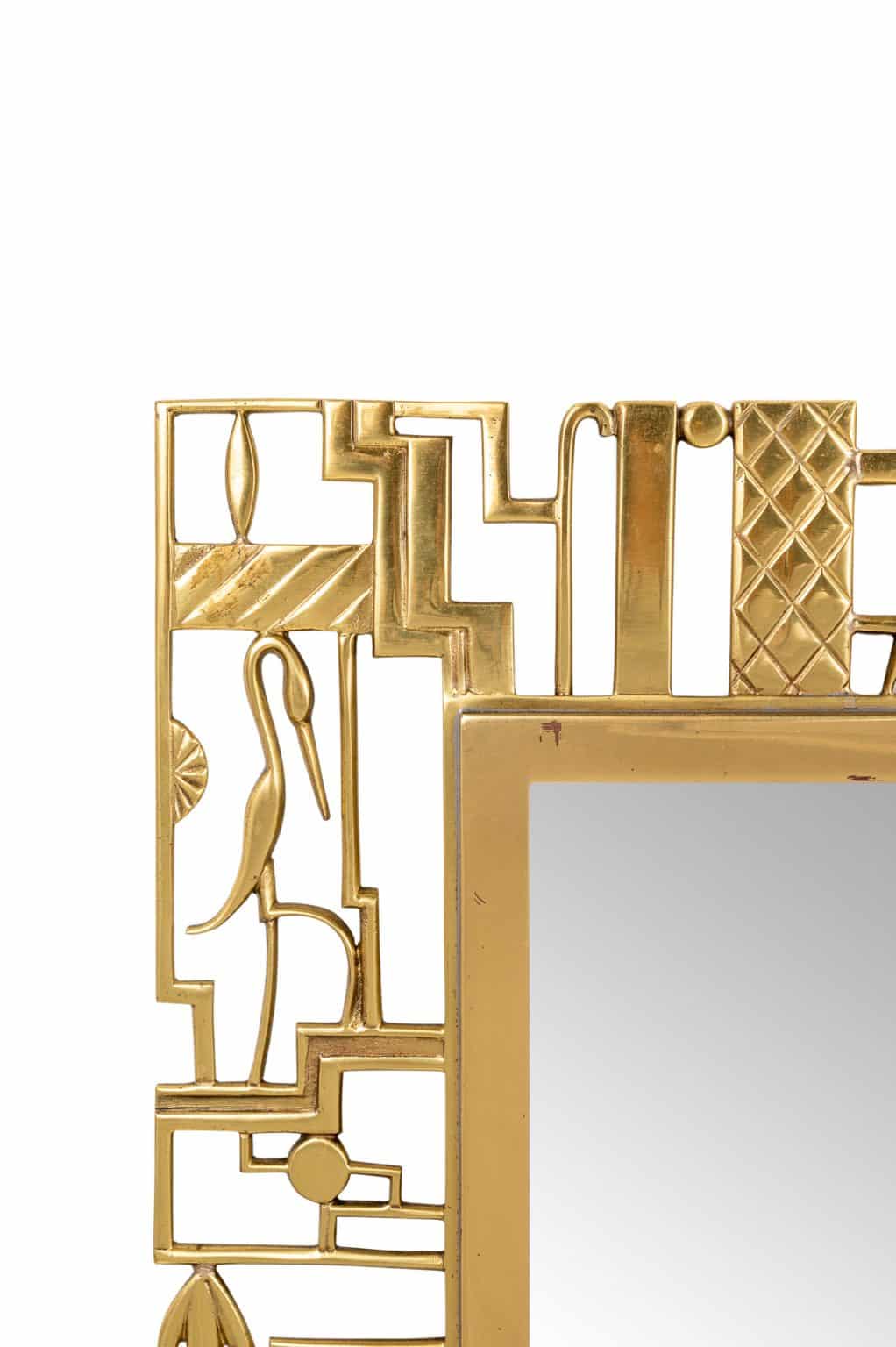
This direction was also particularly evident in some vases, jars, and bowls. In particular, larger animal figures, which were of course limited to decorative purposes, left many decorations in their appearance behind. A playful elegance, enhanced by form and little decoration, became characteristic under Karl Hagenauer’s leadership and reflected the changing times.
But it was especially the materials that reflected the historical period in the Werkstatte Hagenauer. Alpaca, copper, and above all, brass was among the materials predominantly used. Brass products were particularly popular. The ornamental wall mirror mentioned above is also made of brass.
There were also different processing methods for this material. On the one hand, there were chased brass plates or chiselled objects, and on the other hand, there was the sand-casting process. Here, the objects were subsequently polished to a high gloss.
